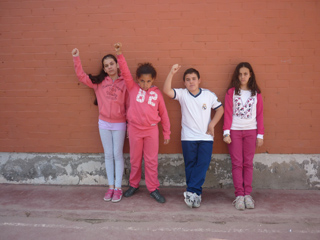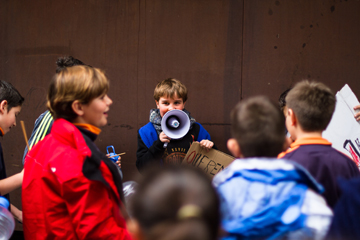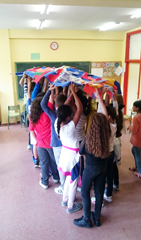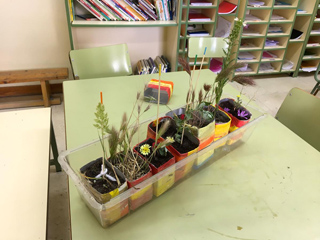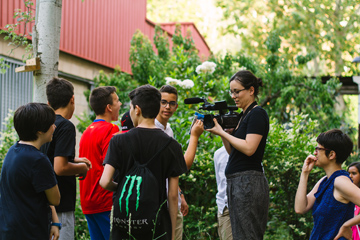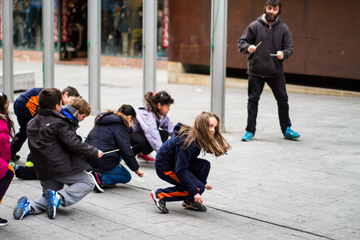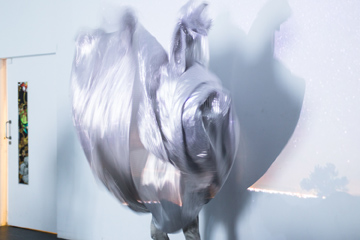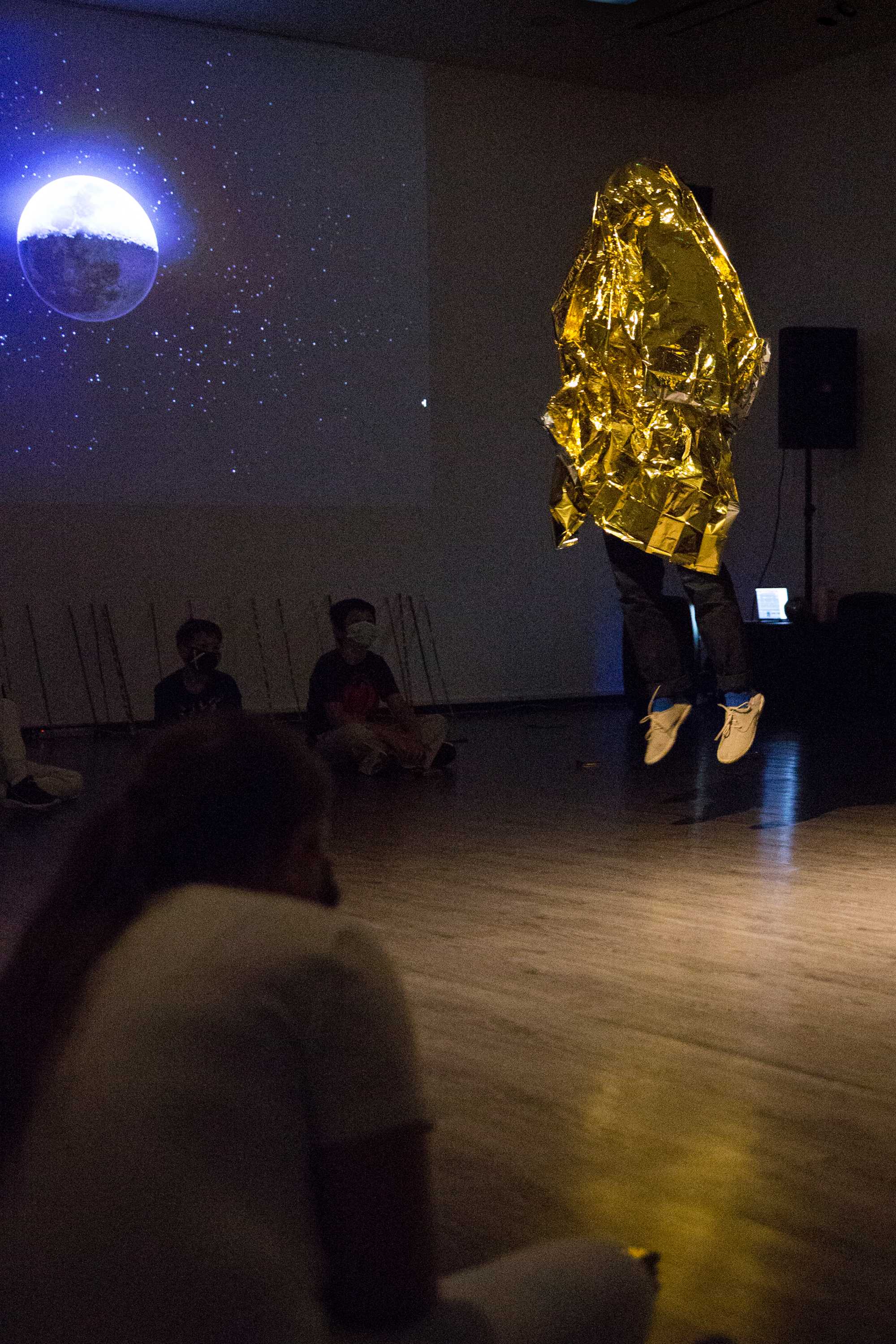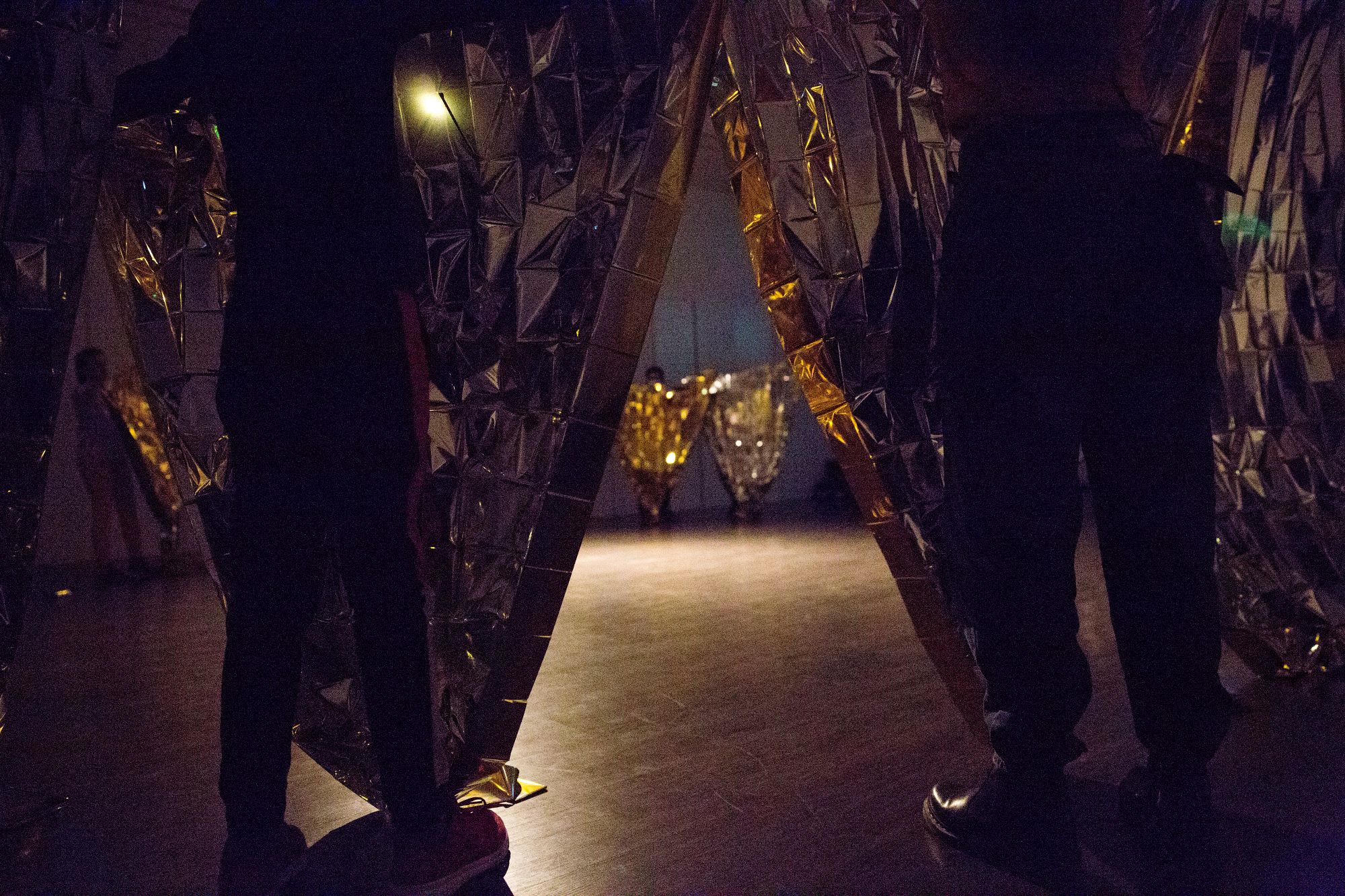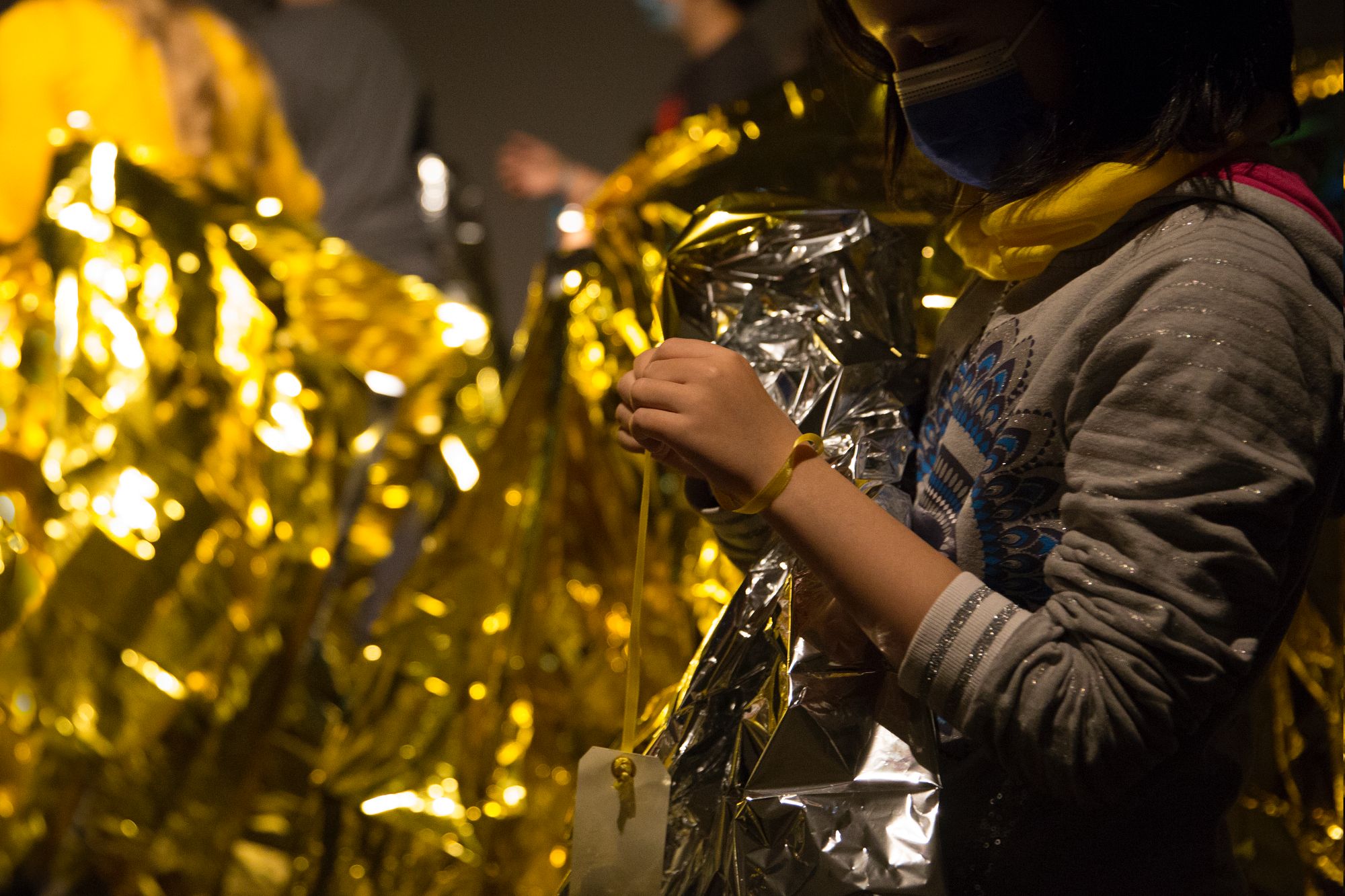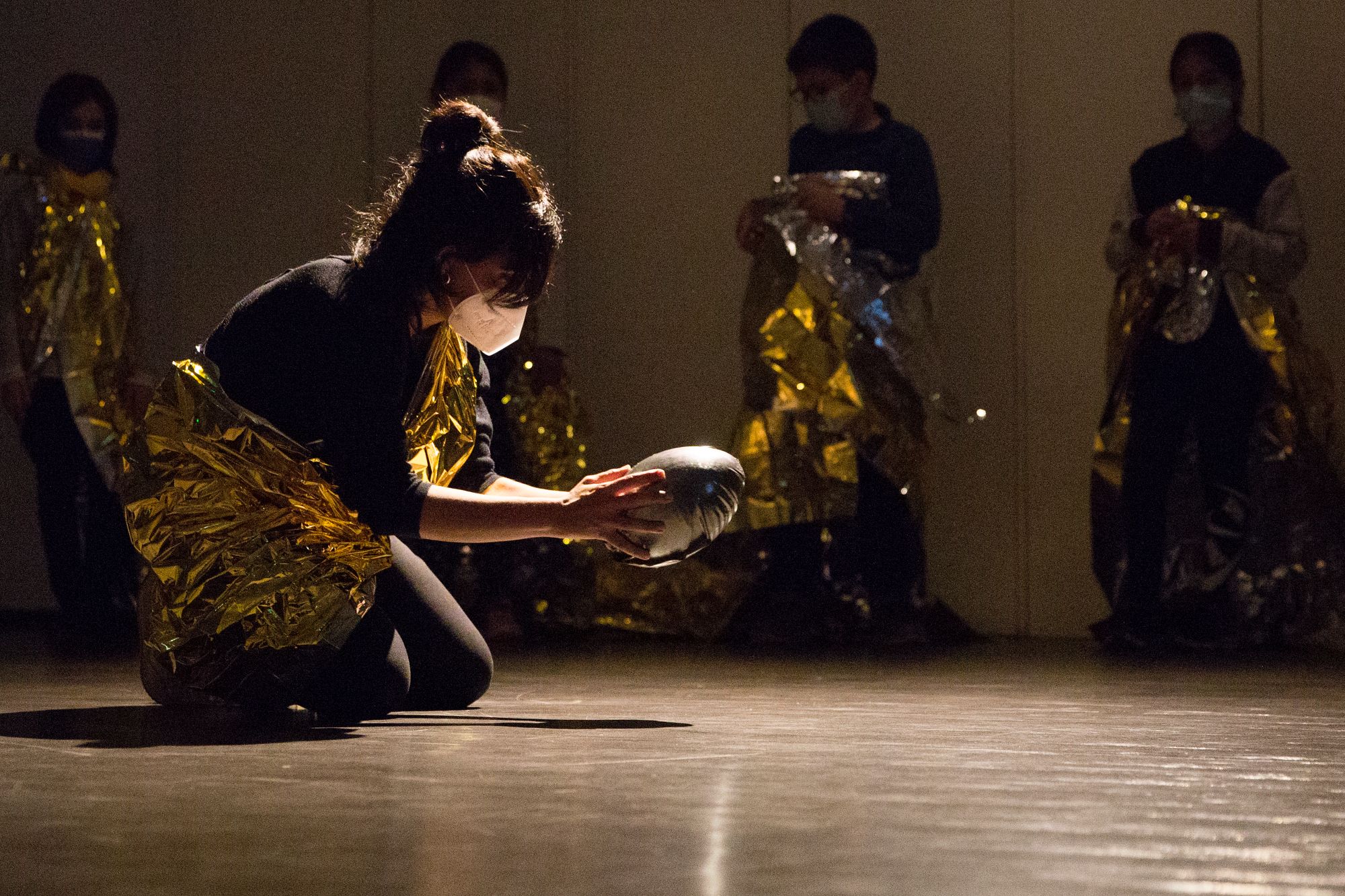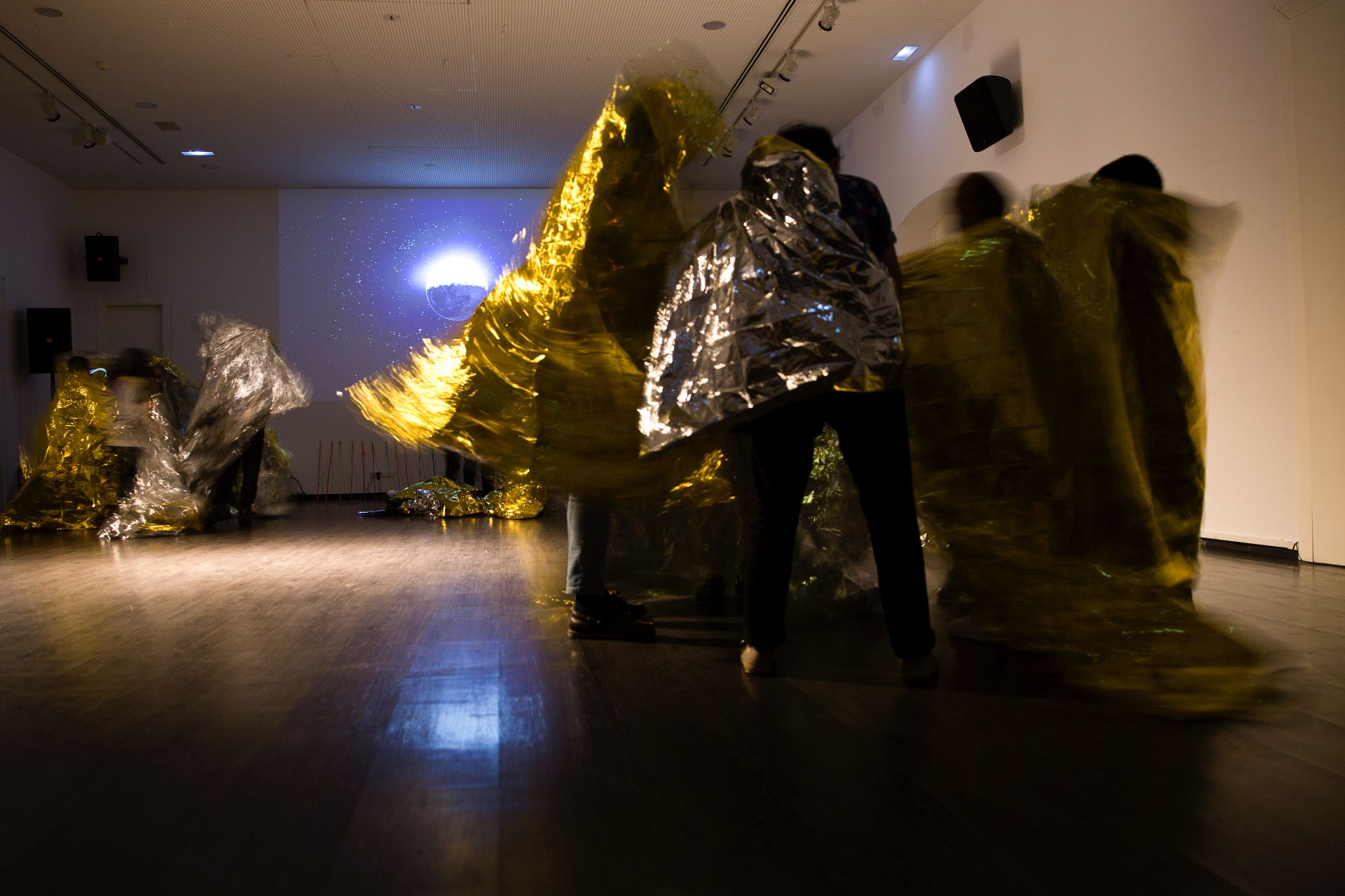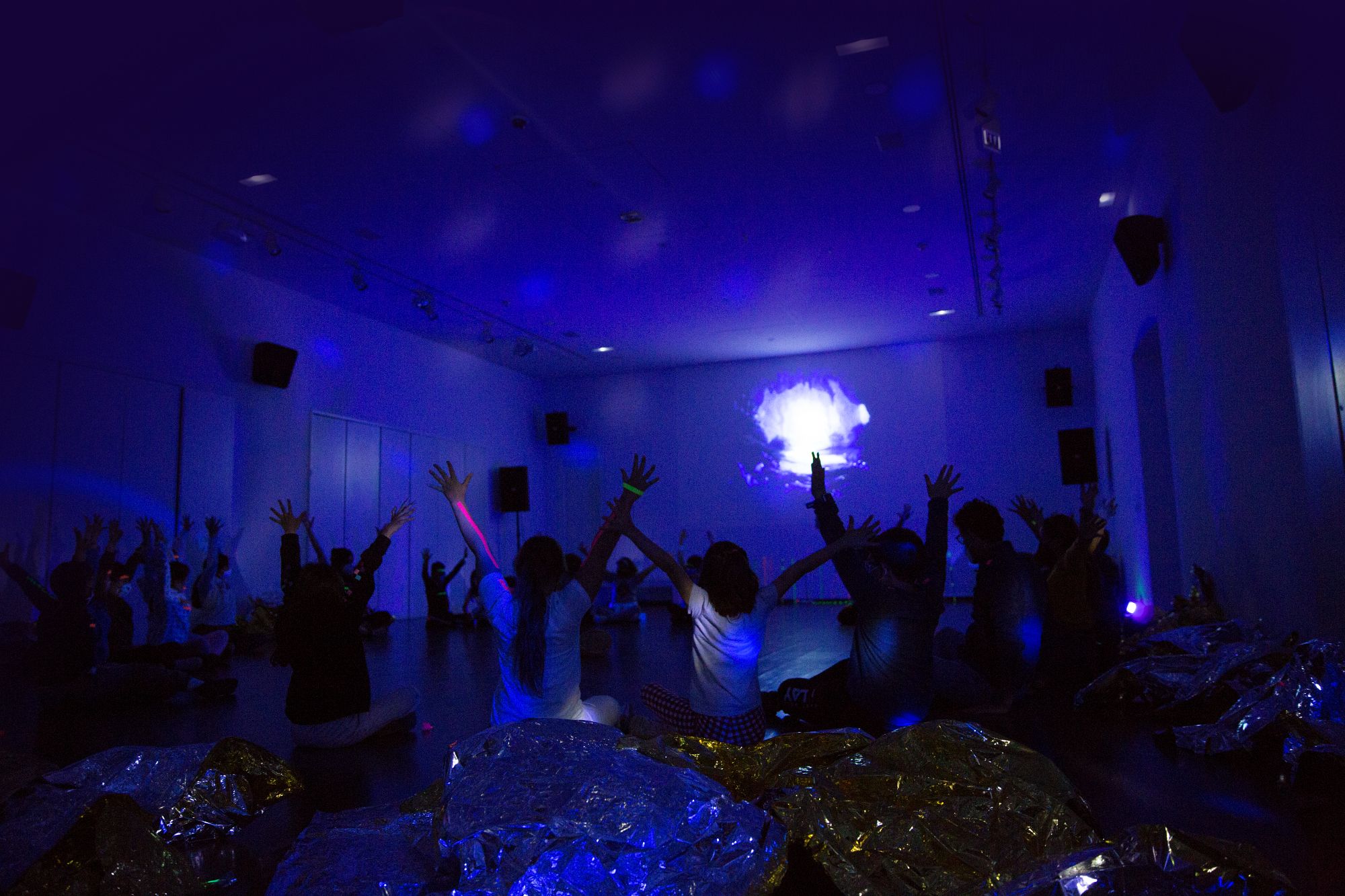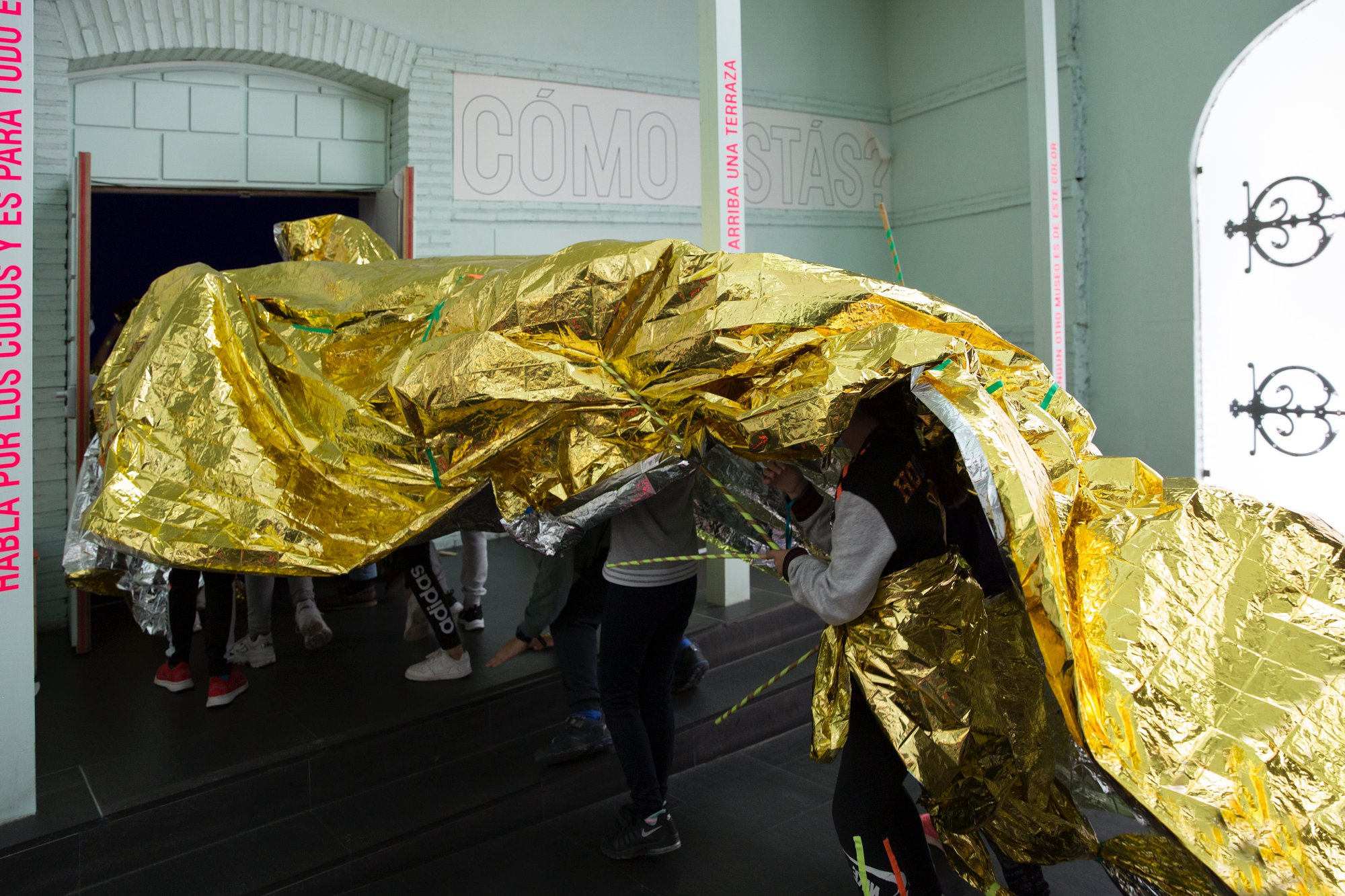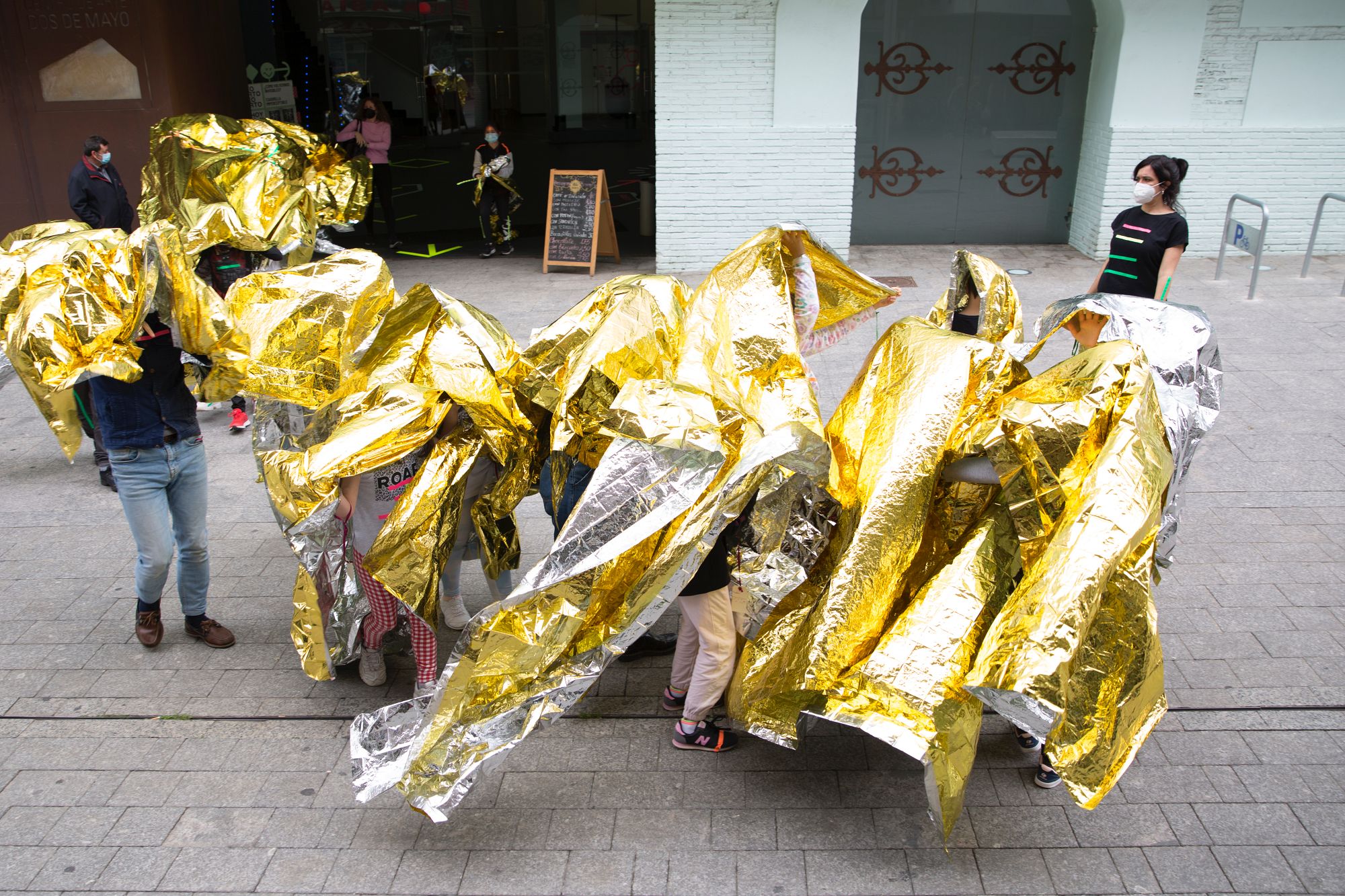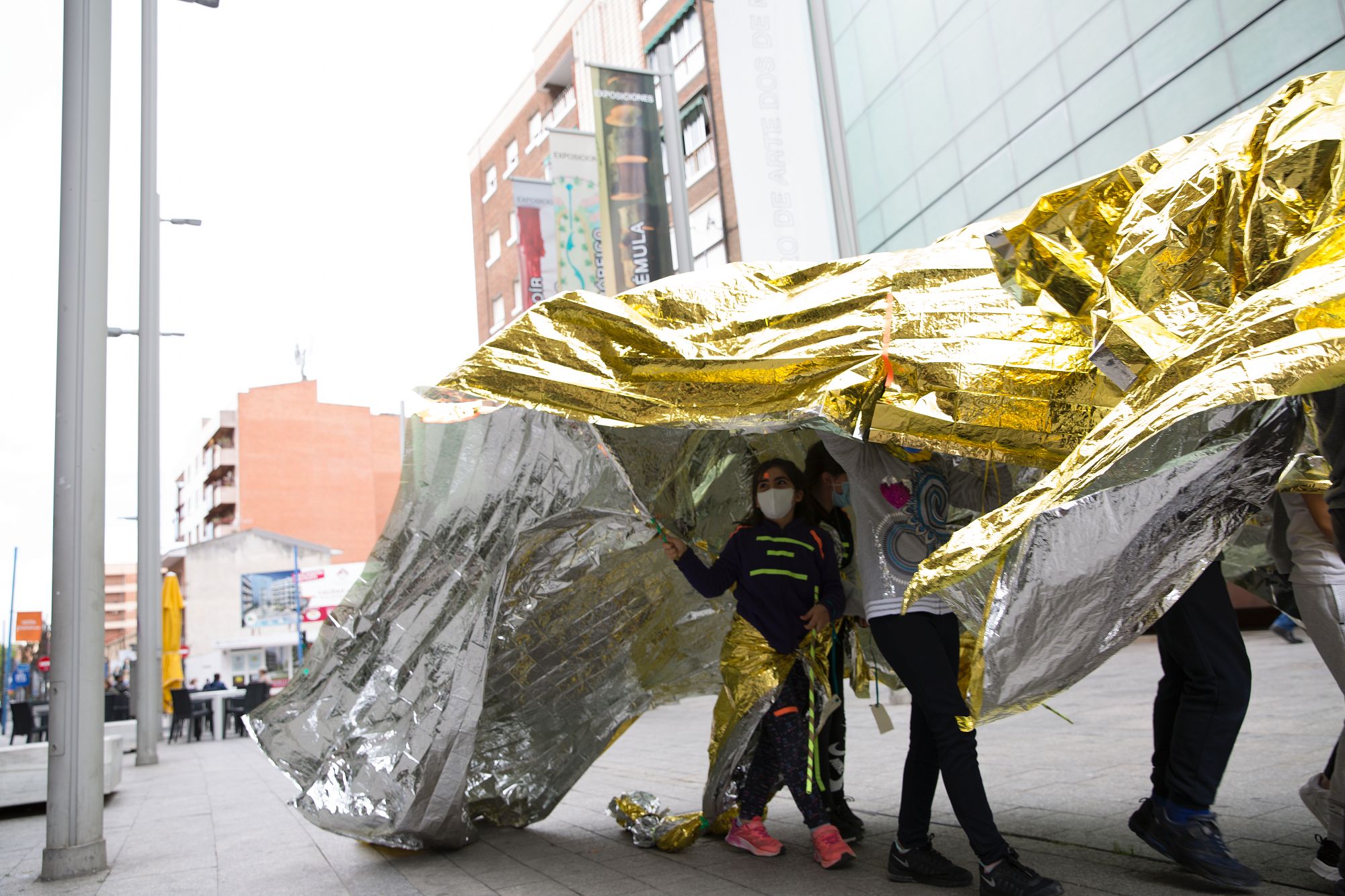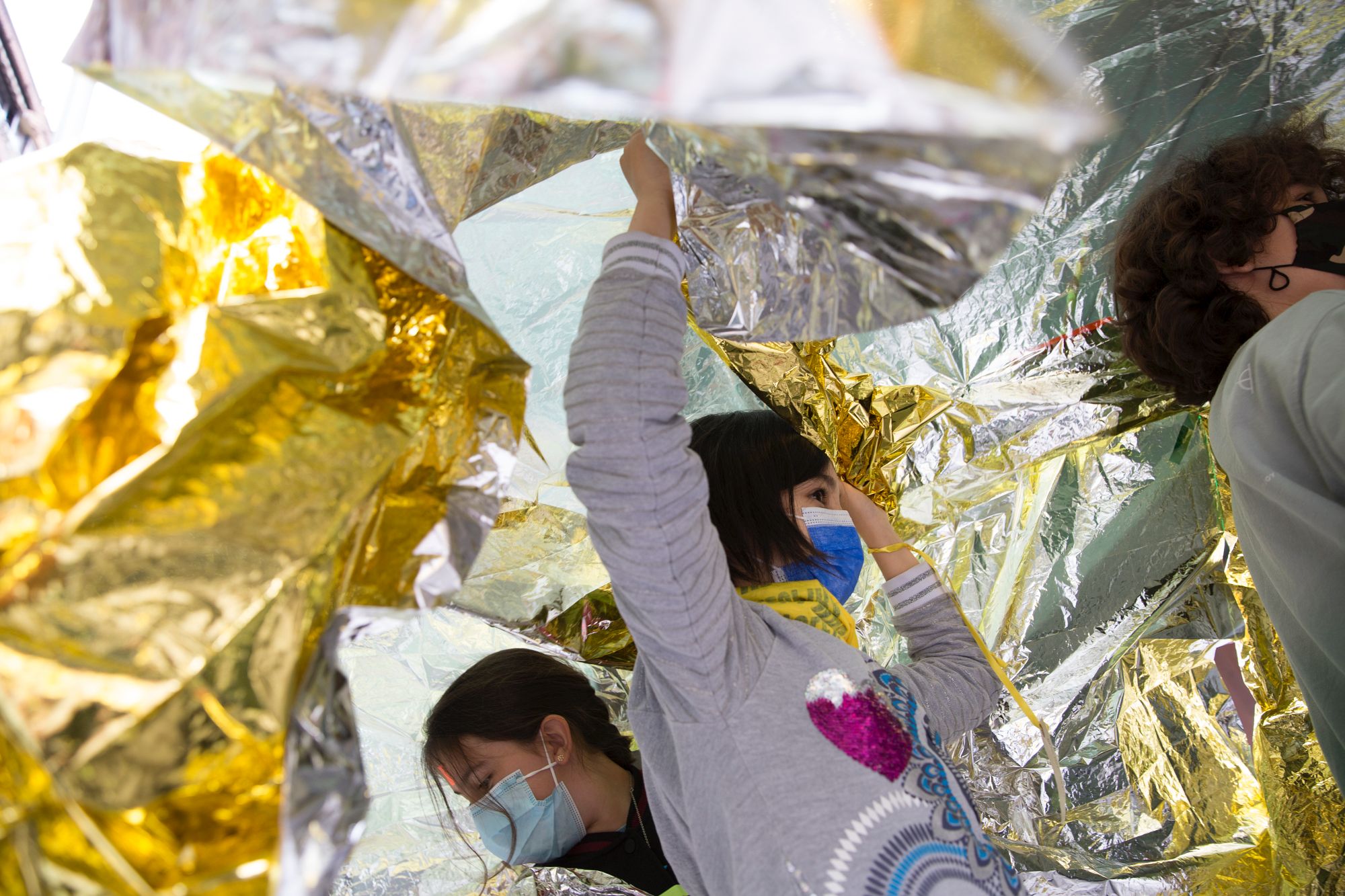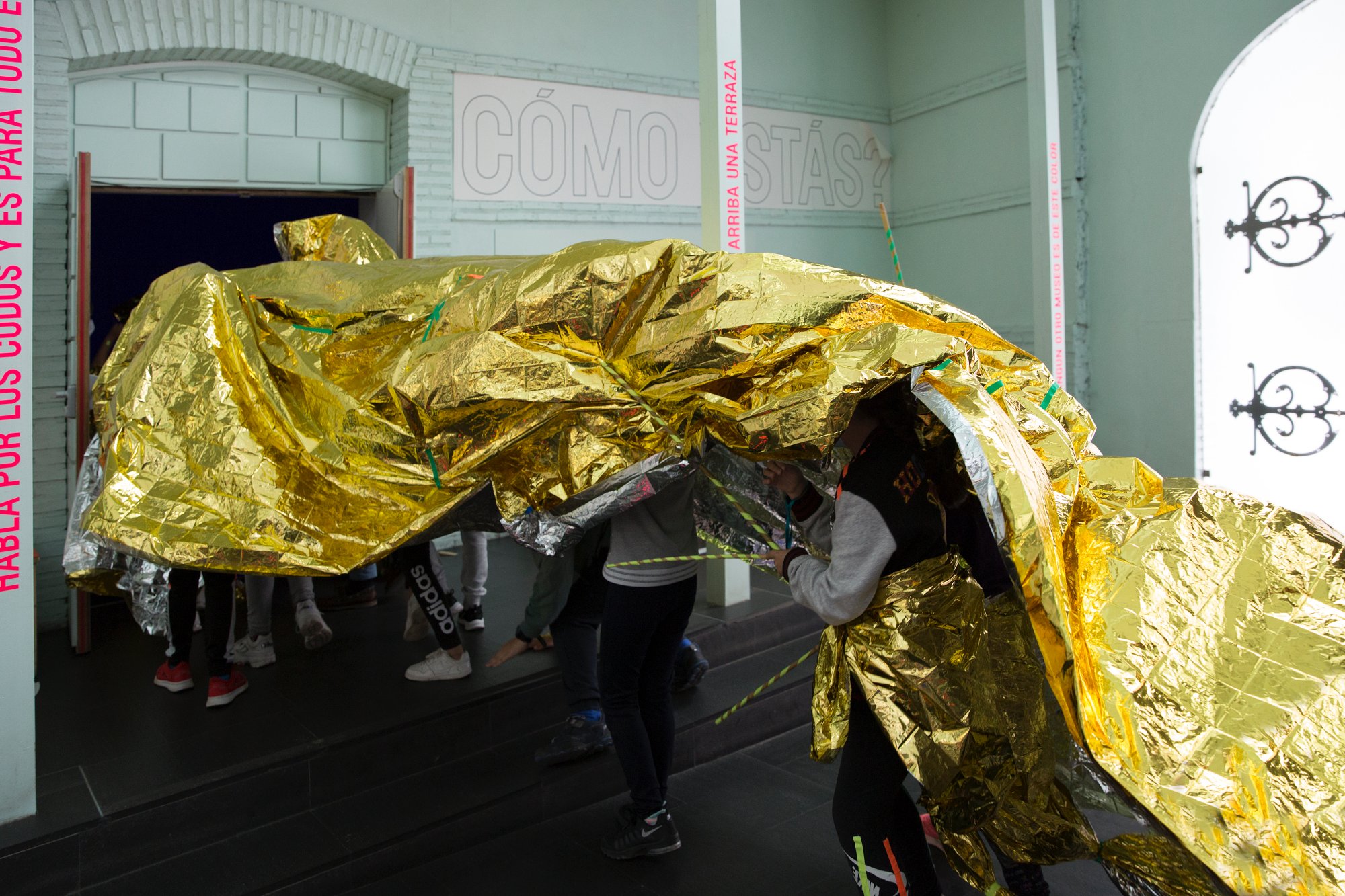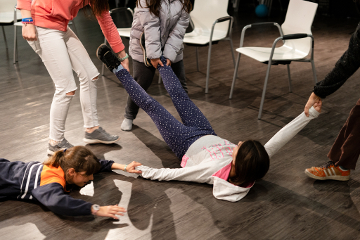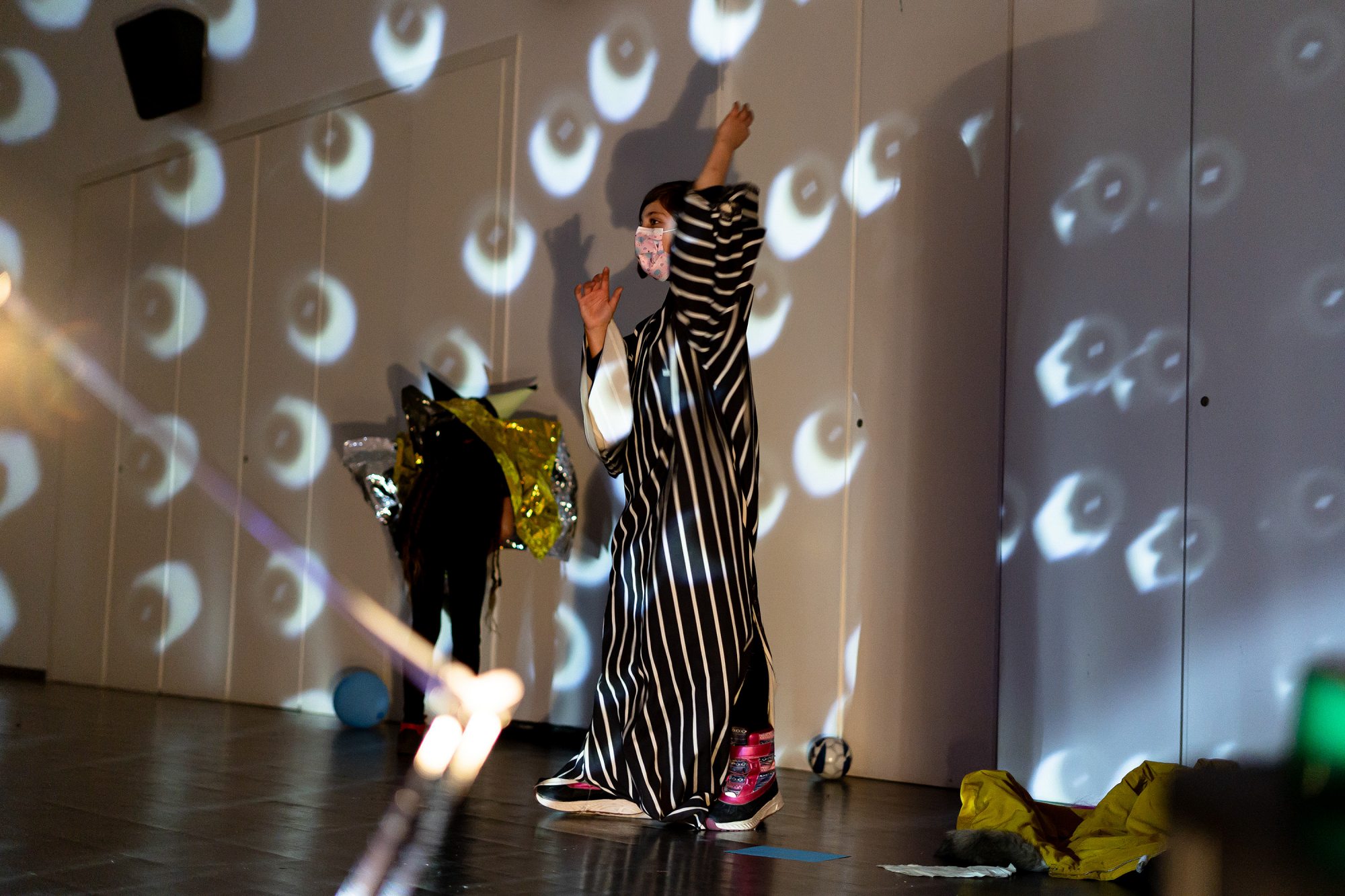During this school year María Jerez, accompanied by an artist who does not speak Spanish, will attend the school with the intention of getting the children to teach the language to this “illiterate” individual; as such, this process will turn the usual logic and roles of teaching inside out. For this project, the artist and her companion will explore along with the children how a language can arise from the encounter between people who do not speak the same language. During the process, the wish to break down the distance separating them will make it possible to communicate between different worlds. This artist’s residency will seek to develop a “third language” derived from the impossibility of immediate communication, and to this end they will explore the inefficacy of language in situations where translation does not exist, where teaching and learning take place at the same time, where nobody is in control of the teaching process, where there is an exploration of fragility and roles are reversed, in order to discover things within failure and to make the most of and enjoy mistakes.
María Jerez is an artist who uses a borderline language in her practice because it allows her to be more mobile. In fact, she likes speaking through others. She builds like Lego and takes a kamikaze approach to rebuilding. In her first piece she turned her back on the public in order to see reality from a different angle and be able to position herself in many places at once. In the second piece she built a space where everybody could fit. In the third she appears in two dimensions. In the fourth she disappears. In the fifth she is expanded. In the sixth she is transformed into Alma de Rímel.
Following the experience during the 2014–2015 school year, this year we will continue and expand the Artist At Work program in which the artists develop an art project in collaboration with the local community in a school, including teachers, students and families. In the face of the disappearance of art classes within the official school curriculum we believe that it is an interesting artistic challenge to bring artists to schools with the purpose of developing multidisciplinary projects that work with materials that are not generally associated with art practice. One of the main goals of the project is to think about the possible long-term effects of projects developed by artists. In this regard, we are interested in researching into how artists can affect schools and vice versa, how educational institutions, and more specifically public schools, can return the experience to the artists and to the CA2M education department.
During this school year María Jerez, accompanied by an artist who does not speak Spanish, will attend the school with the intention of getting the children to teach the language to this “illiterate” individual; as such, this process will turn the usual logic and roles of teaching inside out. For this project, the artist and her companion will explore along with the children how a language can arise from the encounter between people who do not speak the same language.
